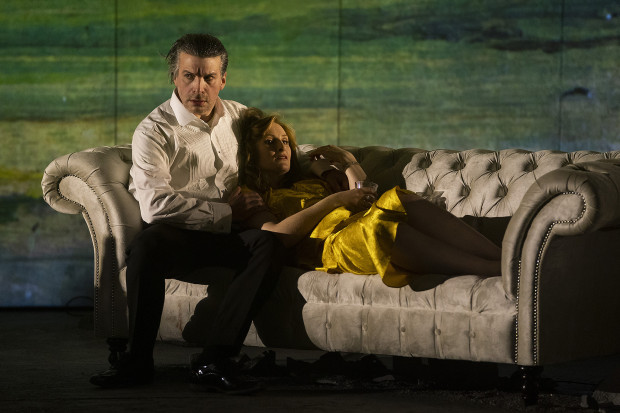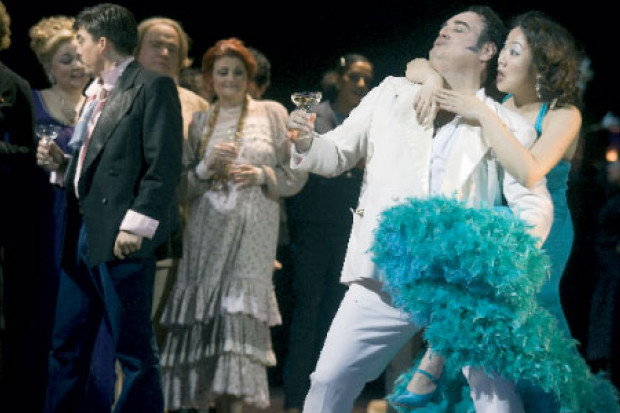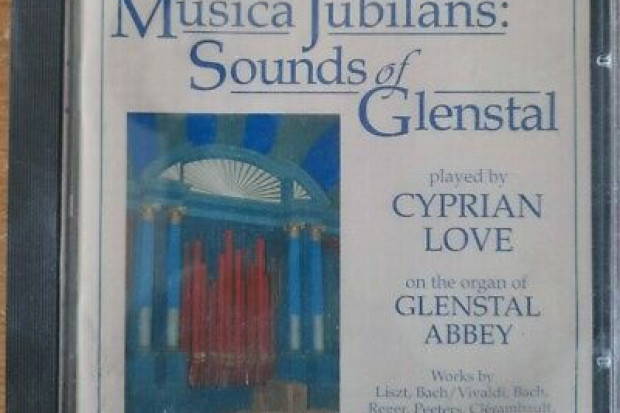
Beehives at Glenstal Abbey, County Limerick.
Two Music Projects About Bees
Two recent projects by musicians have focussed on the fate of the bee — a subject brought to the fore by a much publicised crisis in bee populations. Colony Collapse Disorder and toxic pesticides are among the main causes for this decline, and these music projects coincide with a European Union vote to ban certain pesticides — the proposal, which was voted on last Friday, failed to gain a majority, but could still be adopted through an appeals process. (For more on the campaign to ban toxic pesticides, see here.)
Song of the Bees
The Limerick-based duo Softday — a collaboration between the artist Sean Taylor and computer scientist Mikael Fernström — have often engaged with environmental issues through their work. Bliain Le Báisteach, for example, dealt with rainfall patterns in Ireland, while Cóisir an tSionainn focussed on overfishing of Salmon and water pollution. Their latest project, Amhrán na Beacha (Song of the Bees) is still underway and the artists have just completed an initial research phase.
‘We know that we want the work to connect to the life of honey bees and current threats such as Colony Collapse Disorder (CCD),’ they write. ‘We have also approached the monks at Glenstal Abbey, who are keeping bees, to participate in this project. We hope to involve beekeepers in Ireland and abroad as well. Data, field recordings and information collected during our research will be used to shape the composition. The life of so many plants and animals on planet Earth are dependent on the existence of bees. Humankind have urbanised and commodified both our own lives as well as the bees. We are exploring these issues through music, sound art and multimedia.’
Softday are planning to insert electret microphones into the frames of the beehives, recording eight channels of audio from the hive over a long period such as a month. The artists have also planned a honey-comb inspired tonality for the work: ‘Each “cell” is round, but somehow the bees have it figured out and the most optimal use of space makes what to the human eye looks like a grid of hexagonals. We have been looking at a number of different musical scales to work with, for being “in tune” with the sound of bees (buzzing, and queen bees also do “piping” — with sounds that could be described as “quacking” or “tooting”, normally around a G# note. This has led us to explore hexatonic scales and at present we are leaning towards a scale known as the Promethean scale.’ A first performance of Amhrán na Beacha is planned to take place at Glenstal Abbey on 27 April 2013 at 3pm.
A Science Opera
Meanwhile at Royal Holloway university in London, composer Kelvin Thomson has written a new opera inspired by the fate of the bumblebee. Thomson, who is a candidate for a PhD in composition at the university, was inspired to write the opera when he realised that Dr Mark Brown, an expert on bees known to the composer, was a member of the same university’s School of Biological Sciences.
The new opera, titled The Silence of the Bees: A Science Opera, is a one-act piece based around Brown’s research, with the libretto by Benet Catty (also at Royal Holloway) mixing texts by Brown with poetry by Jo Shapcott and Liz Bahs. ‘We have shown a way in which science and art can work together and we have certainly learned from each other,’ said Thomson, who has a background in musical theatre having worked as musical director, arranger and composer on shows such as Riverdance, The Lion King and Celtic Woman.
A performance of the opera on 17 March kick started the university’s Science Festival and was followed by a Q&A with members of the opera’s creative team. ‘While I am used to labs and delivering science lectures, this represented a completely new way of presenting my research,’ said Brown. ‘Scientists and artists are often viewed as working in very different ways, but creativity and the desire to communicate are universal and fusing our ideas into one has been an exciting challenge.’












